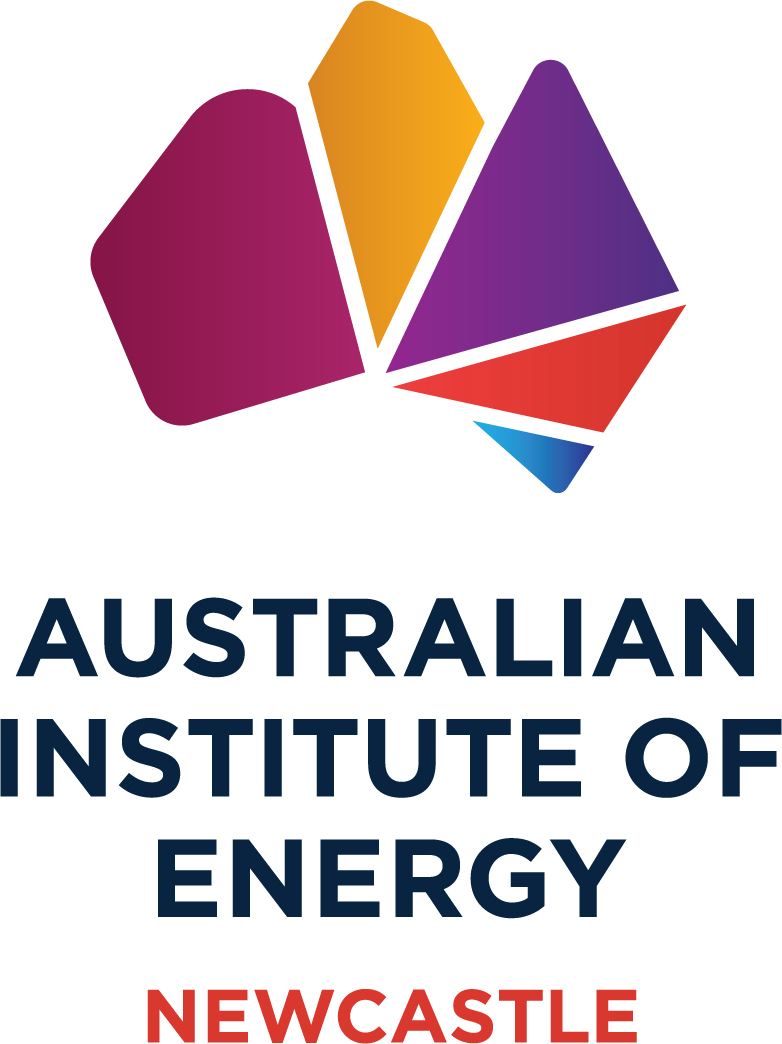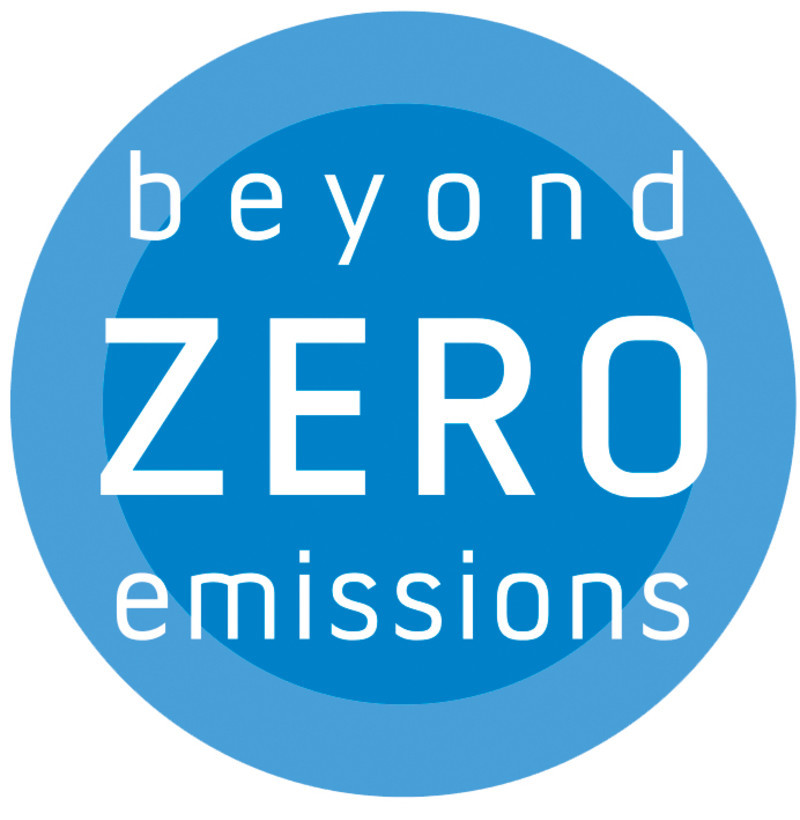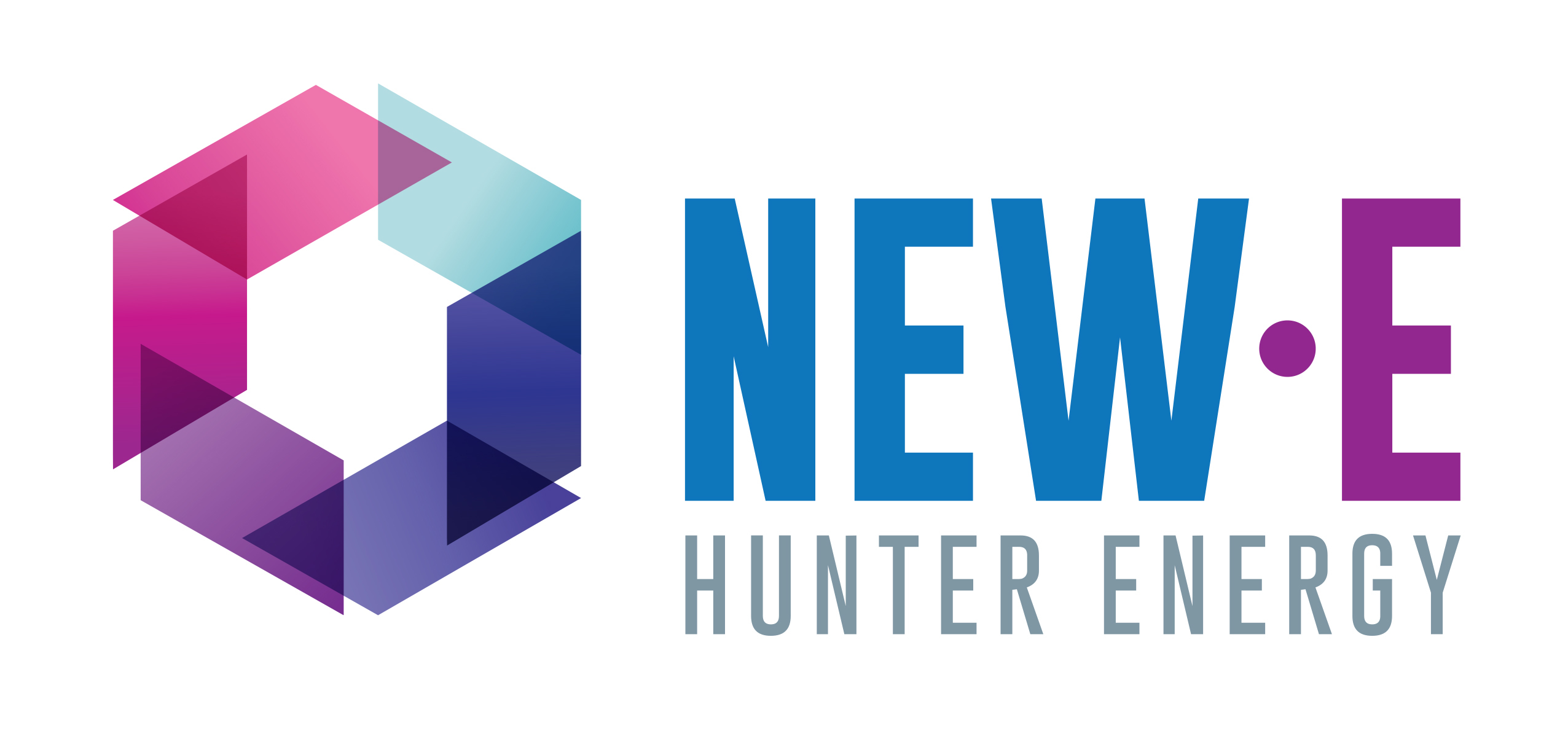NSW Consumer Energy Strategy to champion new tech accessibility and equity
The strategy aims to supercharge NSW's energy transition, placing households and small businesses at the centre of the move towards cleaner, more affordable energy by helping to reduce energy costs and easing the pressure of rising living expenses.

The NSW Government has launched its Consumer Energy Strategy: Powering our People and Communities with a focus on making it easier for households and small businesses to access energy-saving technologies like solar panels, batteries, and energy efficiency upgrades.
As part of this strategy, $290 million in new funding has been allocated, and 50 specific actions have been outlined to assist residents and businesses in reducing their energy bills. The plan builds on recommendations from the independent Electricity Supply and Reliability Check Up, which led to the development of a strategy centred on consumer energy resources.
A key component of the strategy is the introduction of a new incentive and rebate program aimed at helping households adopt energy-saving technologies. This includes the Home Energy Saver program, backed by $238.9 million, which will offer targeted financial support to eligible households. The government plans to have the program in place by the end of 2025.
In addition, from 2025, new home energy ratings will be introduced to give renters and potential buyers a better understanding of the heating and cooling costs associated with properties. The strategy also includes the first targets in Australia for solar and battery uptake, virtual power plant participation, and safety standards for installations.
By 2035, the government aims to have 1 million households and small businesses equipped with rooftop solar and battery systems, with that number expected to grow to nearly 1.5 million by 2050.
NSW Premier Chris Minns highlighted the importance of these changes for residents: “There are many houses across the state that are too hot in summer, too cold in winter, and as a result, energy prices and costs for the household skyrocket.”
“Through the strategy, we are making it easier for households and small businesses to access the cost-saving benefits of solar panels, batteries and heat pumps, while they reduce their emissions,” Minns said.
The strategy also aims to improve installation safety and reliability by increasing the number of electrical safety inspectors. It will offer practical resources and support for making informed decisions about energy efficiency. This includes outreach programs through community organisations to educate people about cutting energy costs.
The NSW Government has already been working towards these goals with initiatives like the $435.4 million in annual energy bill rebates and debt relief, $200 million for expanding public electric vehicle (EV) charging infrastructure, and $175 million for energy efficiency upgrades in social housing.
Minister for Climate Change and Energy, Penny Sharpe, stated, “Our vision is for NSW to be a leader in the energy transition, and this strategy is a crucial step towards achieving that goal.”
“By prioritising accessibility and equity, we are empowering households and small businesses to upgrade their homes and businesses. This will not only lower energy bills but also benefit our environment.”













